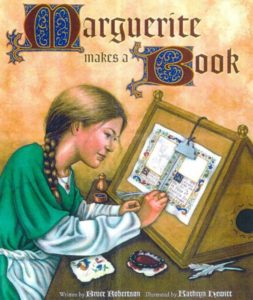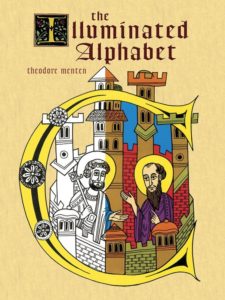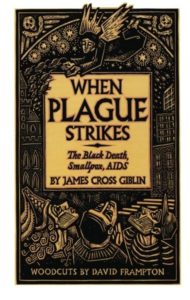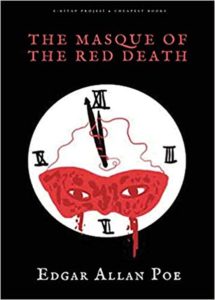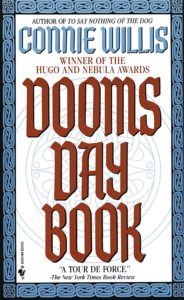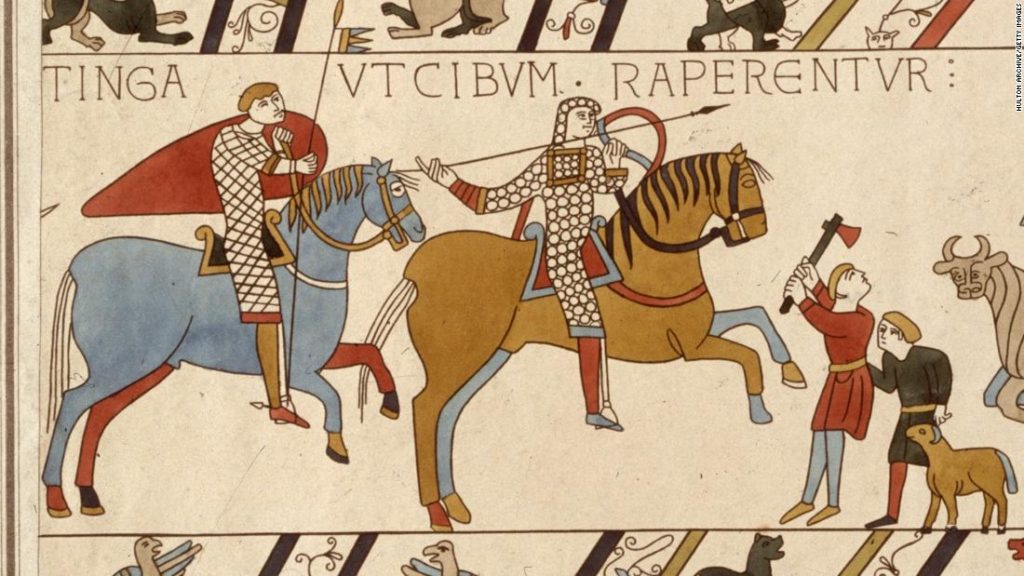|
|
In art historian Bruce Robertson’s beautifully illustrated Marguerite Makes a Book (J. Paul Getty Museum, 1999), set in Paris in the 1400s, Marguerite’s father has a commission to illuminate a book of hours for his patron, Lady Isabelle. Marguerite does her best to help, running errands to collect parchment, quills, and paint ingredients – and when her nearly blind father breaks his precious glasses, she steps in to complete the manuscript herself. For ages 8-12. |
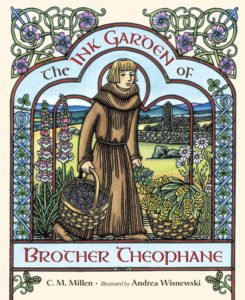 |
C.M. Millen’s The Ink Garden of Brother Theophane (Charlesbridge, 2010) is the picture-book story of a creative monk who devised beautifully colored inks for illuminated manuscripts. For ages 6-11. |
|
|
W.O. Hassell’s A Medieval Alphabet to Illuminate (Bellerophon Books, 1983) and Theodore Menten’s The Illuminated Alphabet (Dover Publications, 1971) are both coloring books for would-be medieval-style illuminators. Based on medieval manuscripts. |
|
From the British Library, Illuminated Manuscripts is an online gallery of manuscripts from the 8th to the 15th century. |
|
From the J. Paul Getty Museum, Looking at Illuminated Manuscripts has images, historical background information, and a series of lesson plans categorized by grade (K-12). |
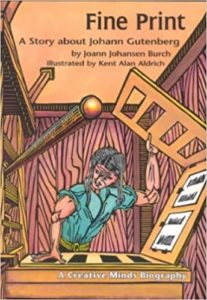 |
By Joann Johansen Burch, Fine Print: A Story about Johann Gutenberg (Lerner Classroom, 1991) is a lightly fictionalized biography of Gutenberg and his invention of the printing press. For ages 9-12. |
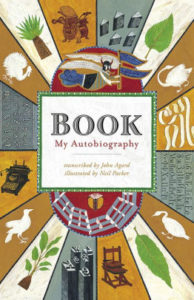 |
John Agard’s Book: My Autobiography (Candlewick, 2015) – narrated by Book itself – is a captivating history of writing and books, including a chapter on Gutenberg’s movable type. For ages 10 and up. |
|
From the British Library, The Gutenberg Bible has images of the famous books and information on Gutenberg’s world-changing printing process. |
|
Medieval Art: A Resource for Educators, a free download from the Metropolitan Museum of Art, is a 190+-page publication covering the history of medieval art, period by period and the techniques used by medieval artists, along with a color-illustrated, annotated gallery of wonderful medieval images from the museum collection. Included are detailed lesson plans on medieval gardens, medieval bestiaries, medieval symbolism and heraldry, and medieval art techniques (including weaving, mosaic, and stained-glass projects). For a range of ages. |
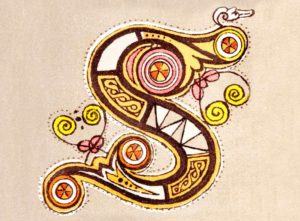 |
Design your own Illuniminated Initials. |
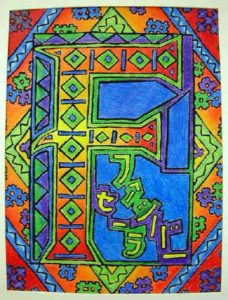 |
From the Incredible @rt Department, see this illuminated letter project. |
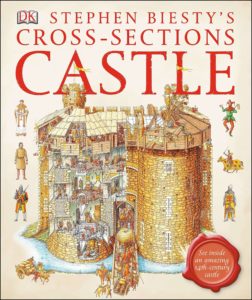 |
Readers can explore a castle layer by layer in Stephen Biesty’s Cross-sections Castle (Dorling Kindersley, 2013) and learn about the lives of its inhabitants. Included are helpful “You are here” points and photographs of artifacts. For ages 7-12. |
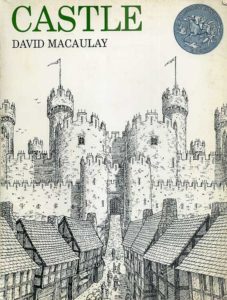 |
David Macauley’s Castle (Houghton Mifflin Harcourt, 1982) is the marvelously illustrated story of the building of a magnificent castle in 13th-century Wales. The book takes readers step by step through planning and construction, ending with the castle playing a part in a battle and siege. Highly recommended for ages 8-12. |
|
There’s a terrific animated adaptation of Macauley’s Castle, available on DVD from PBS Home Video or on YouTube from the National Endowment for the Humanities. |
|
In the same format, see Macauley’s Cathedral (1981) and its excellent animated adaptation. |
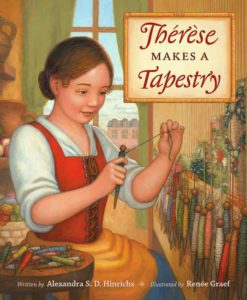 |
In Alexandra S.D. Hinrichs’s Therese Makes a Tapestry (J. Paul Getty Museum, 2016), set in 17th-century Paris, young Therese works at the Gobelins Manufactory, making tapestries for King Louis XIV. For ages 7-11. |
|
The Bayeux Tapestry – really an embroidery – depicts the events leading up to the Battle of Hastings in 1066 and its aftermath. The original is in the Bayeux Museum in France. See Britain’s Bayeux Tapestry for a history and scene-by-scene images. |
|
From the Heilbrunn Timeline of Art History, How Medieval and Renaissance Tapestries Were Made explains just that. Included is a slide show of tapestries. |
|
Check out the Animated Bayeux Tapestry |
